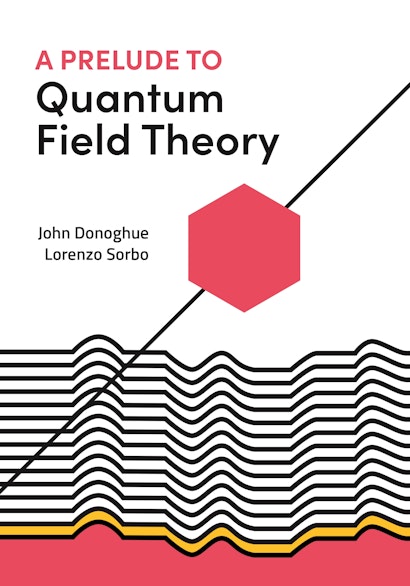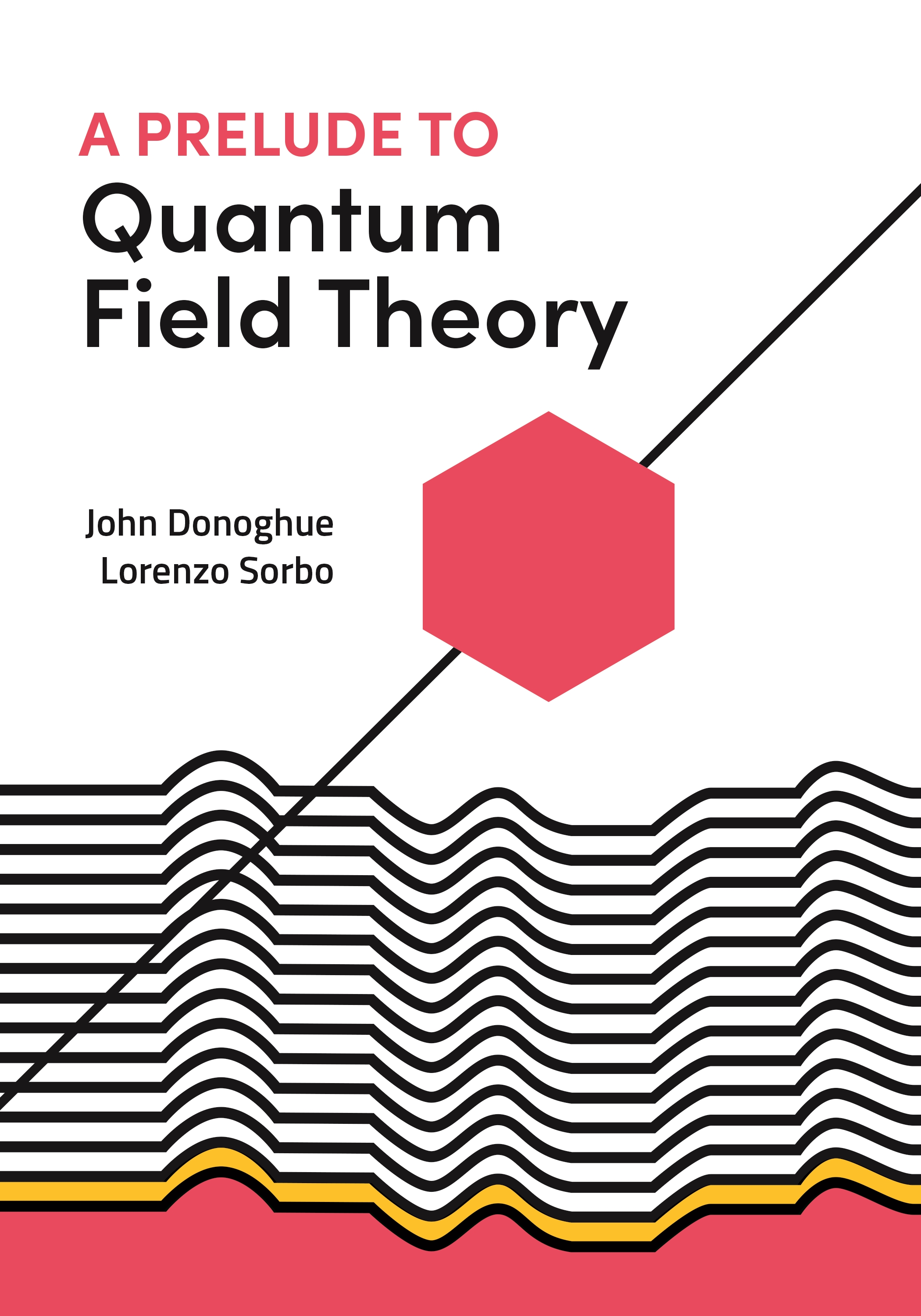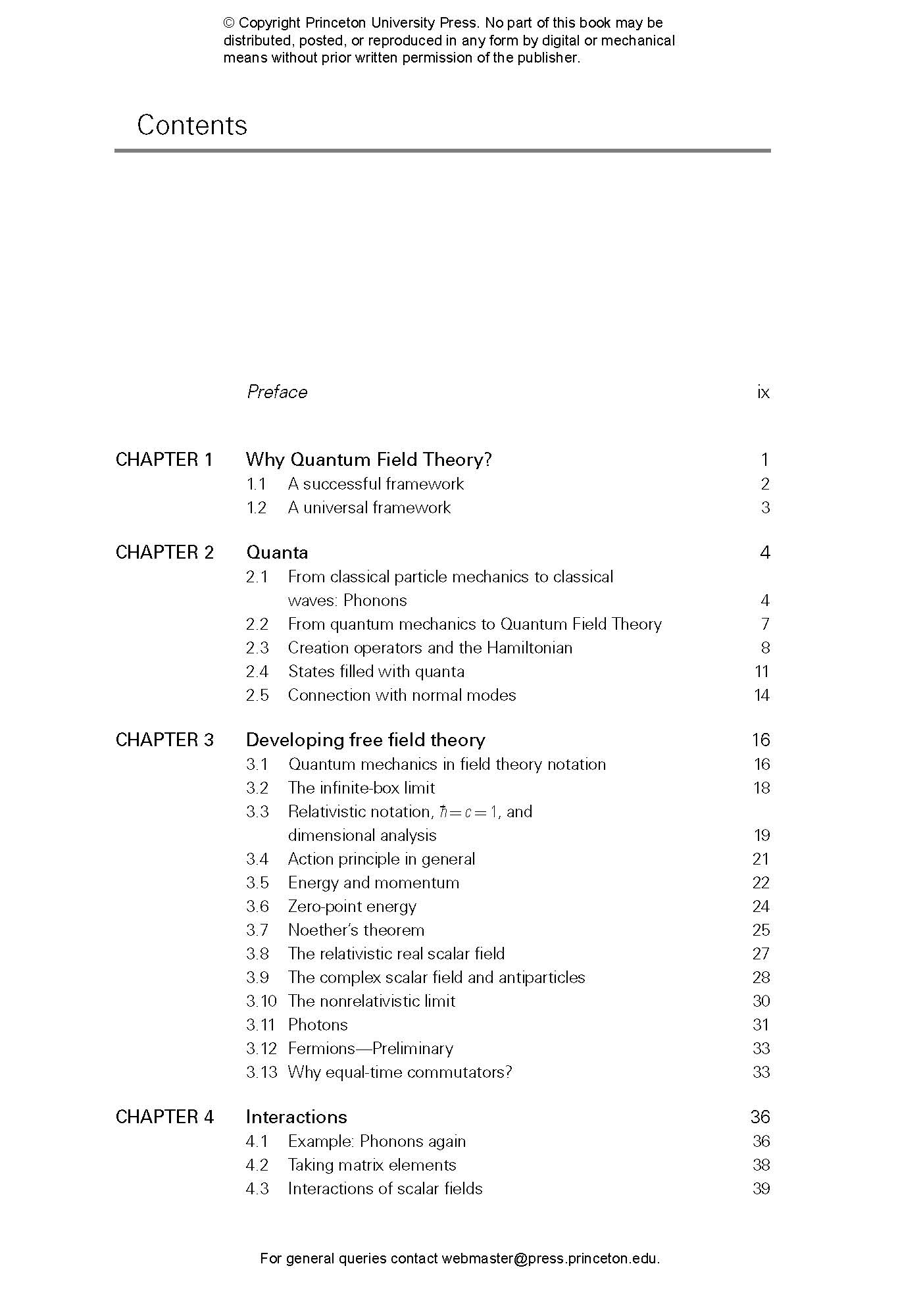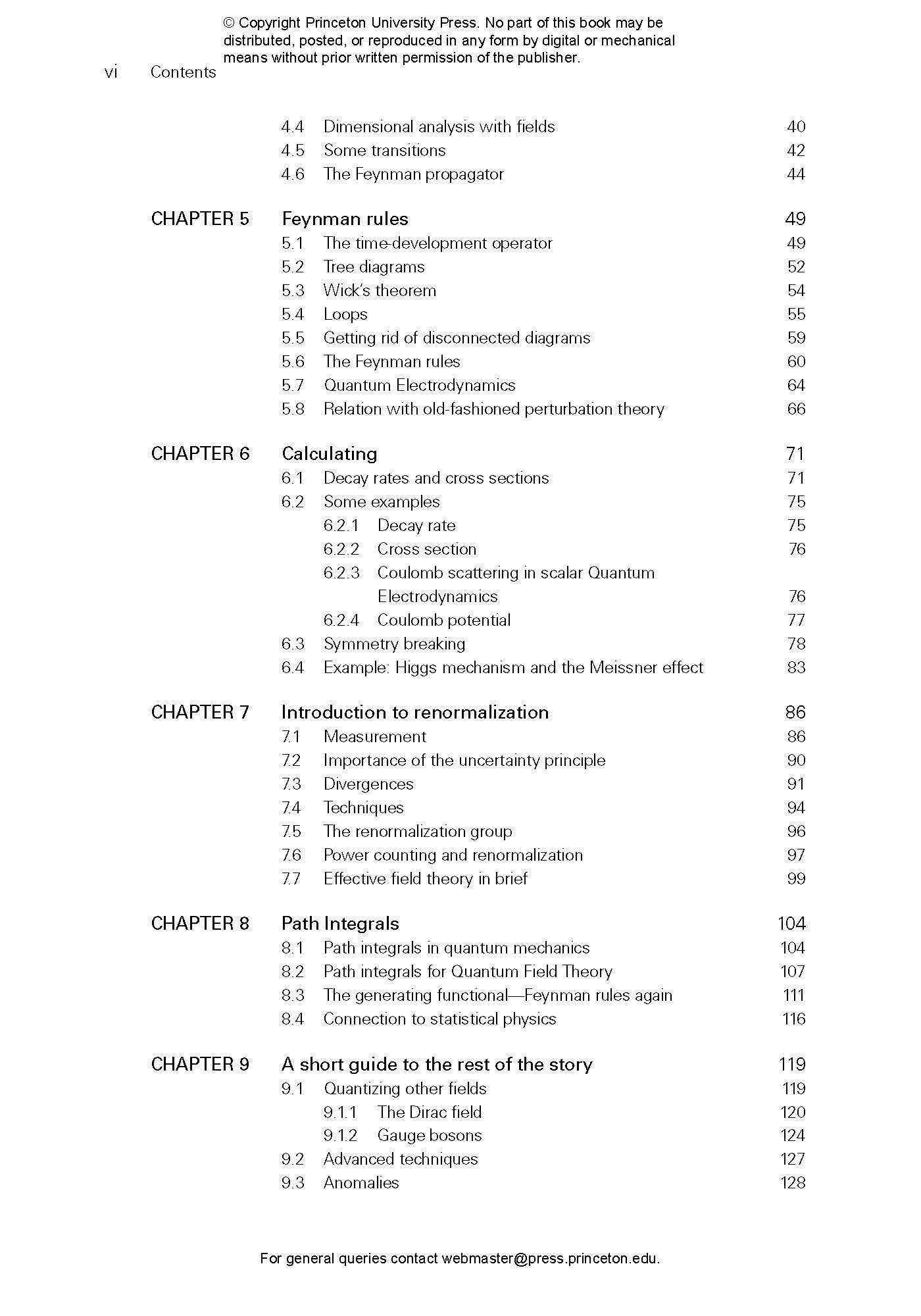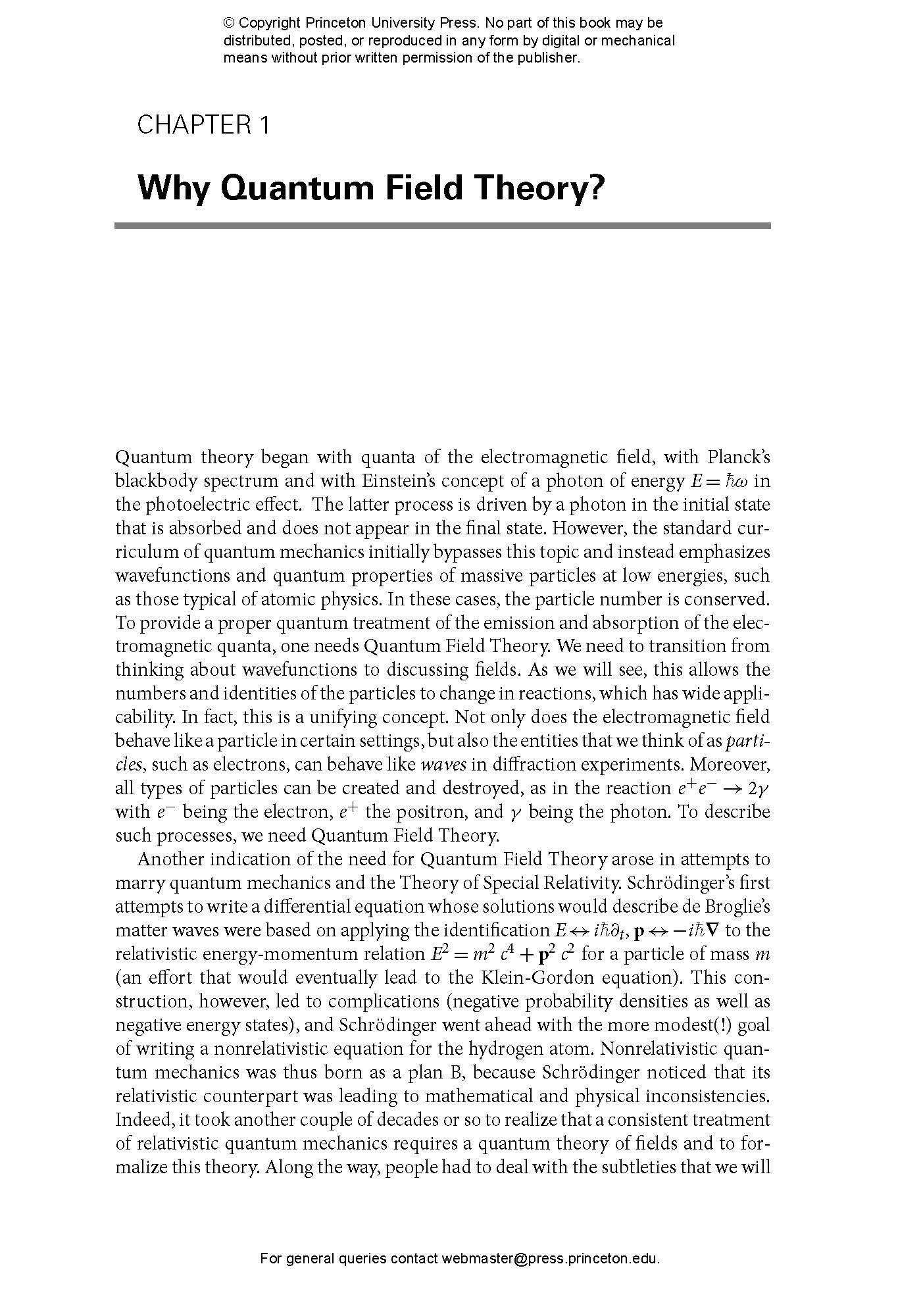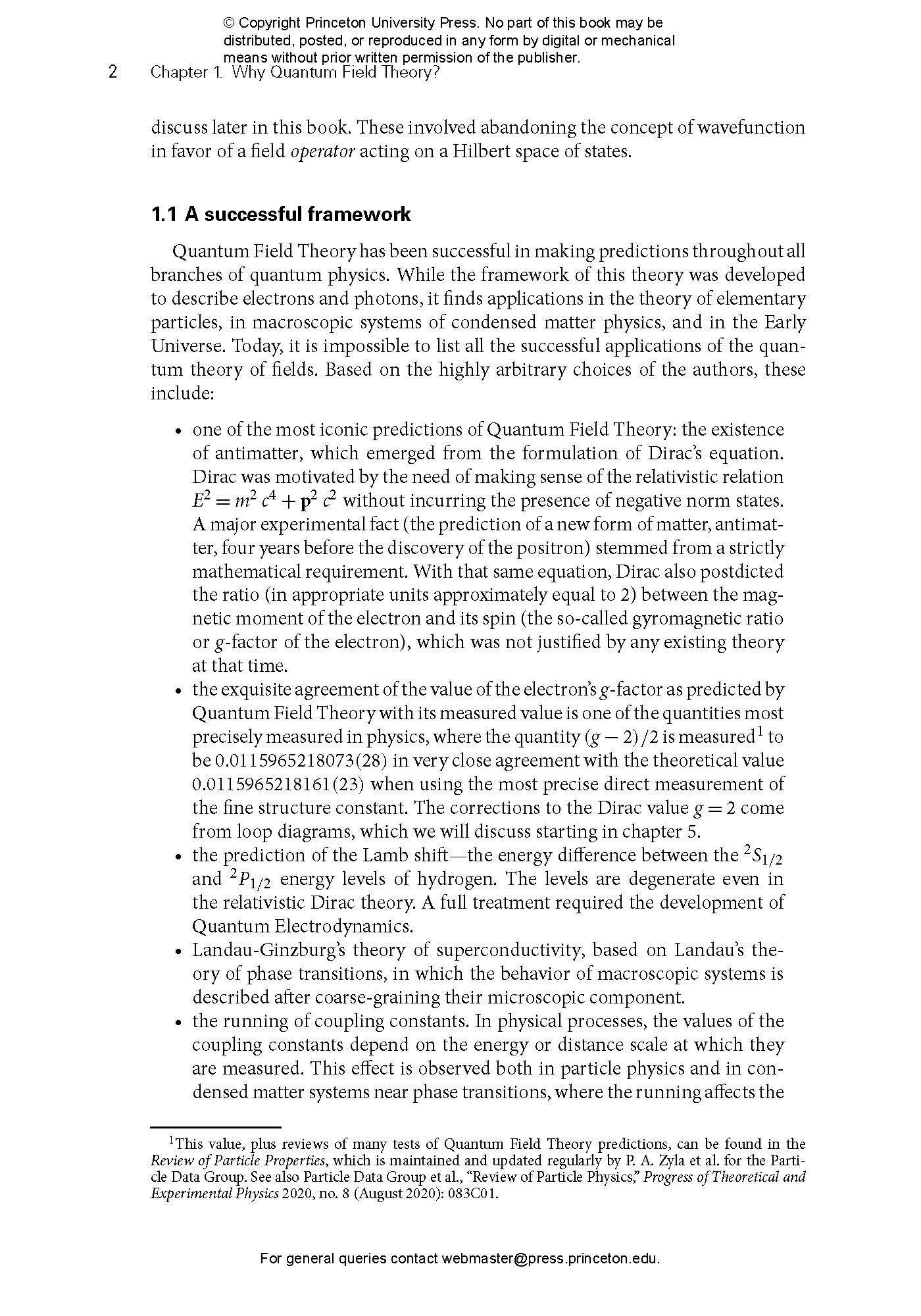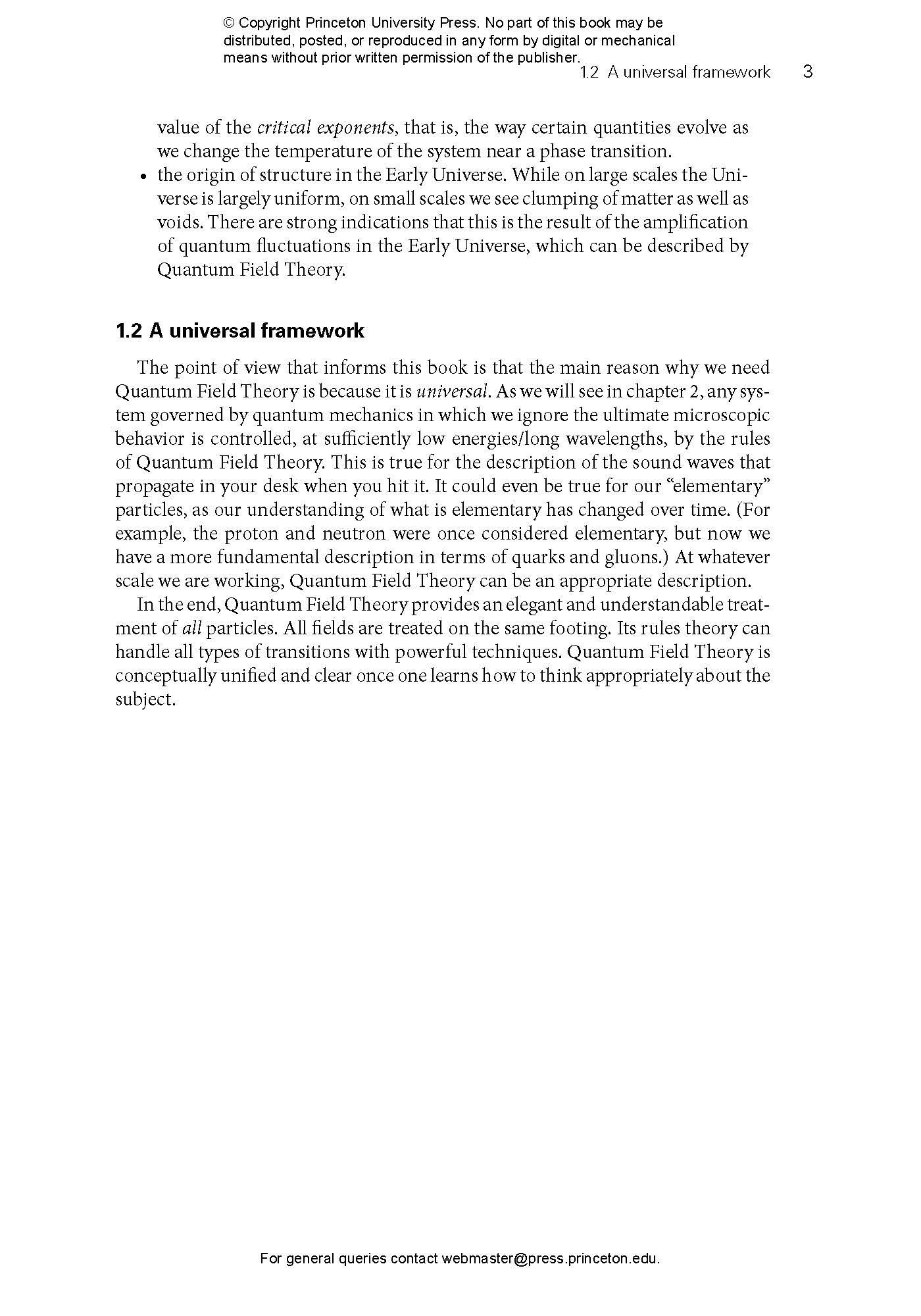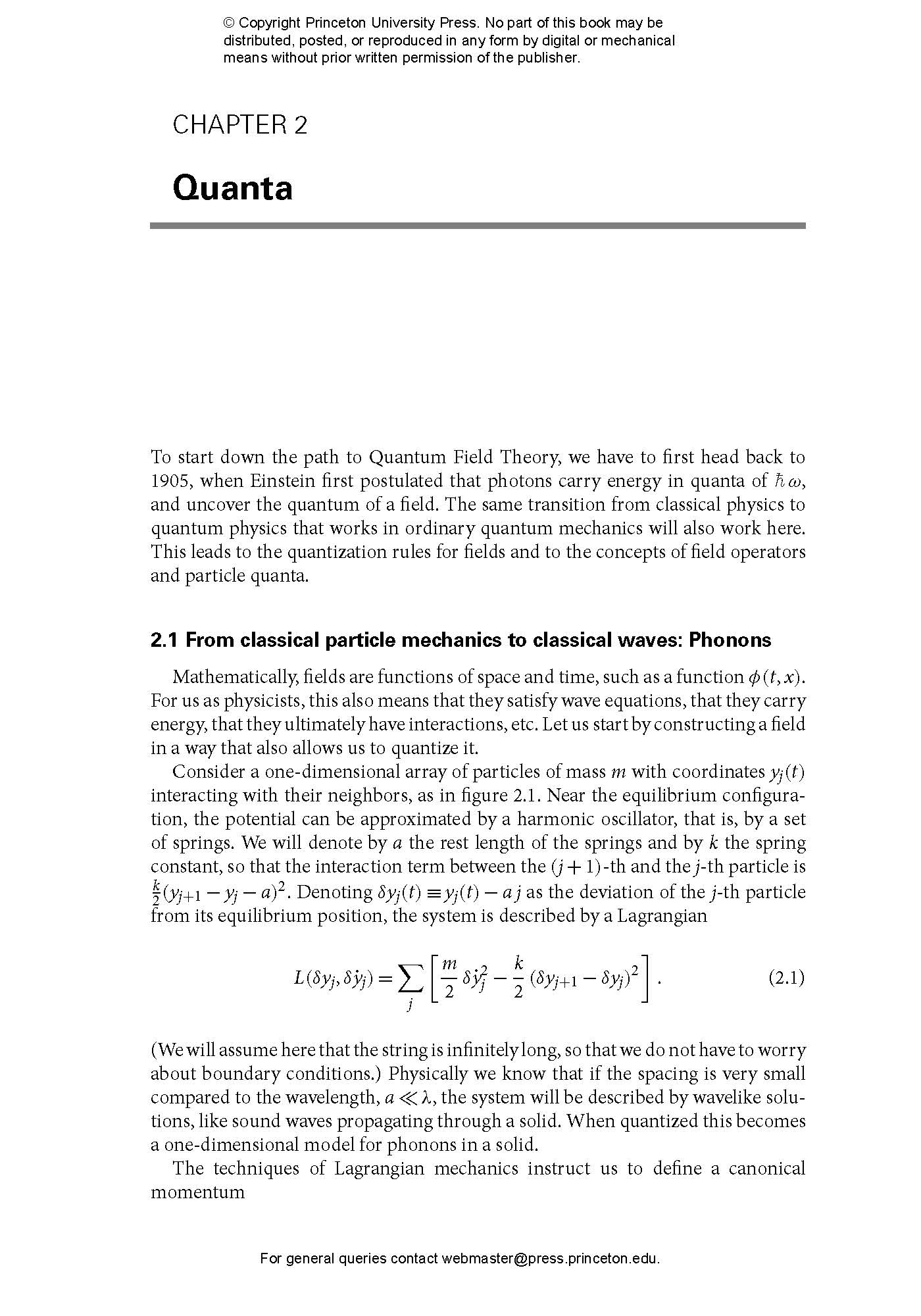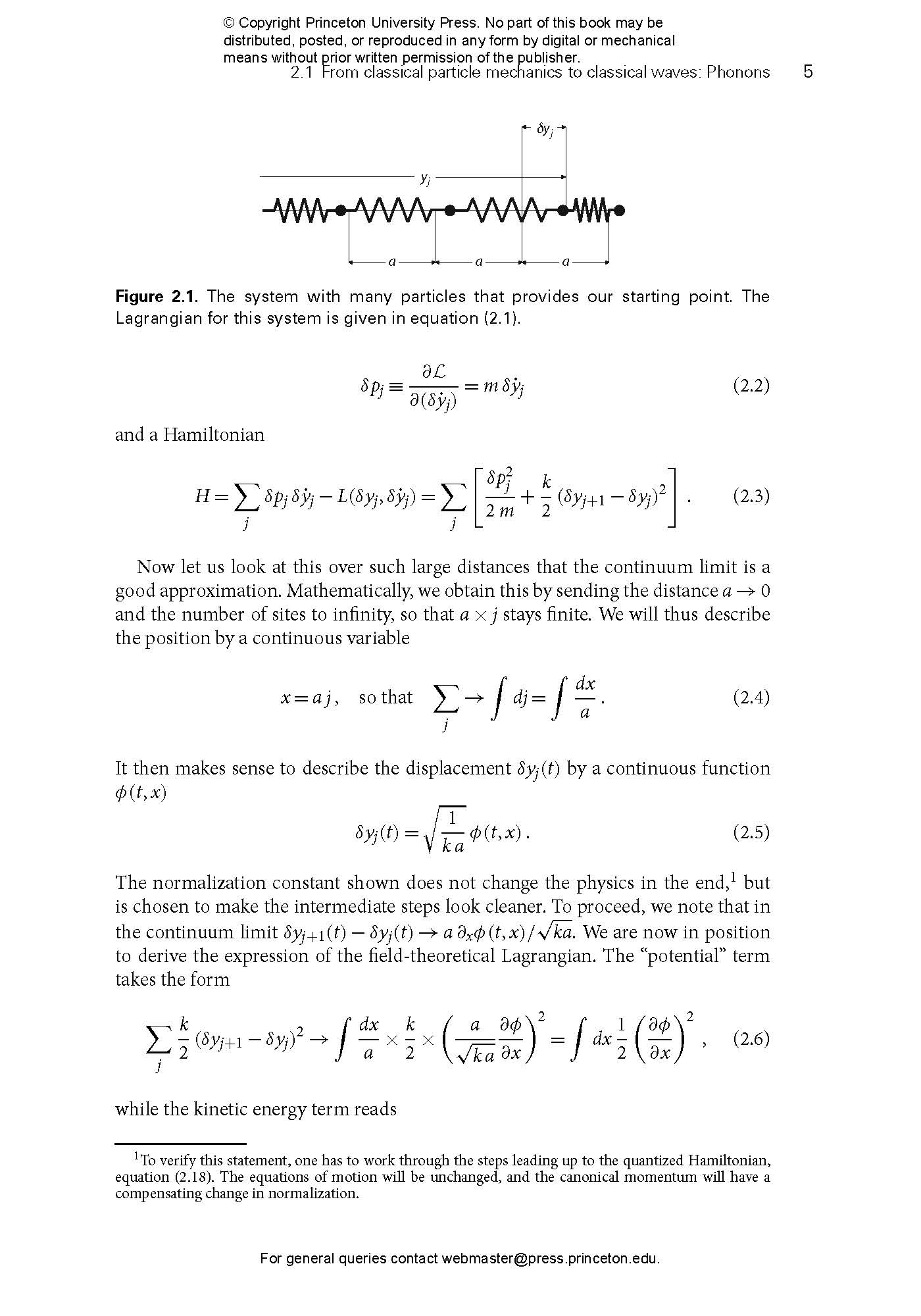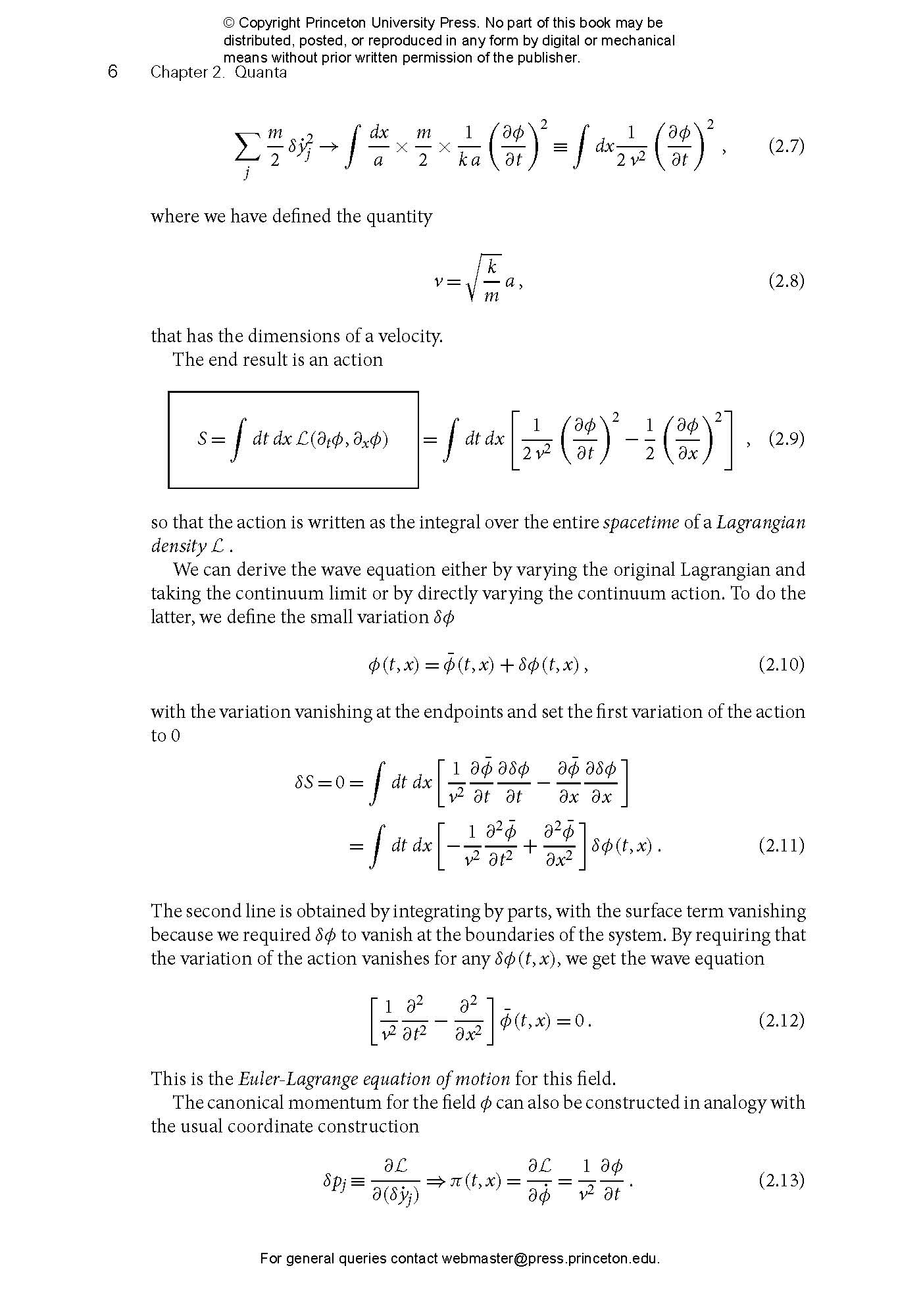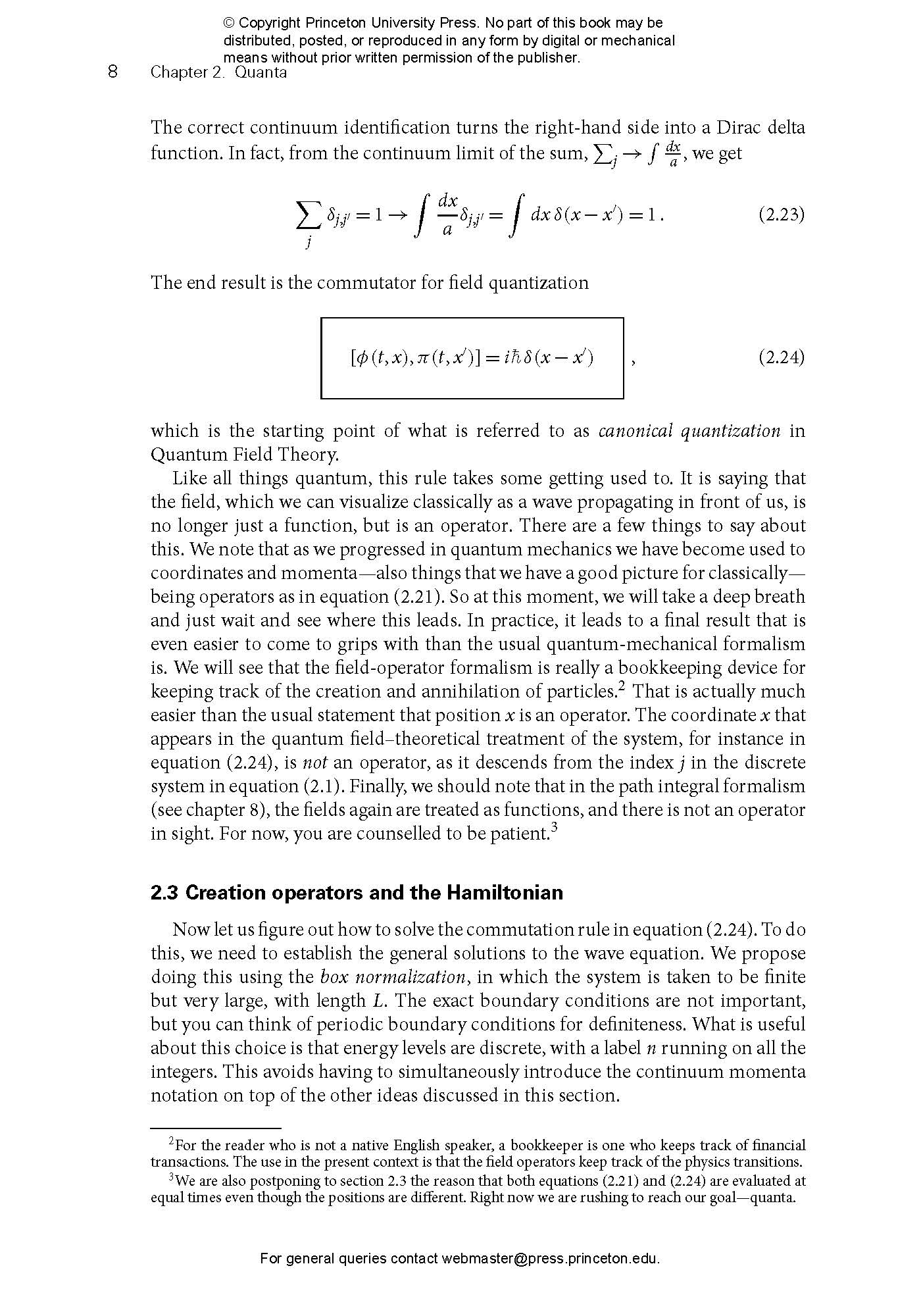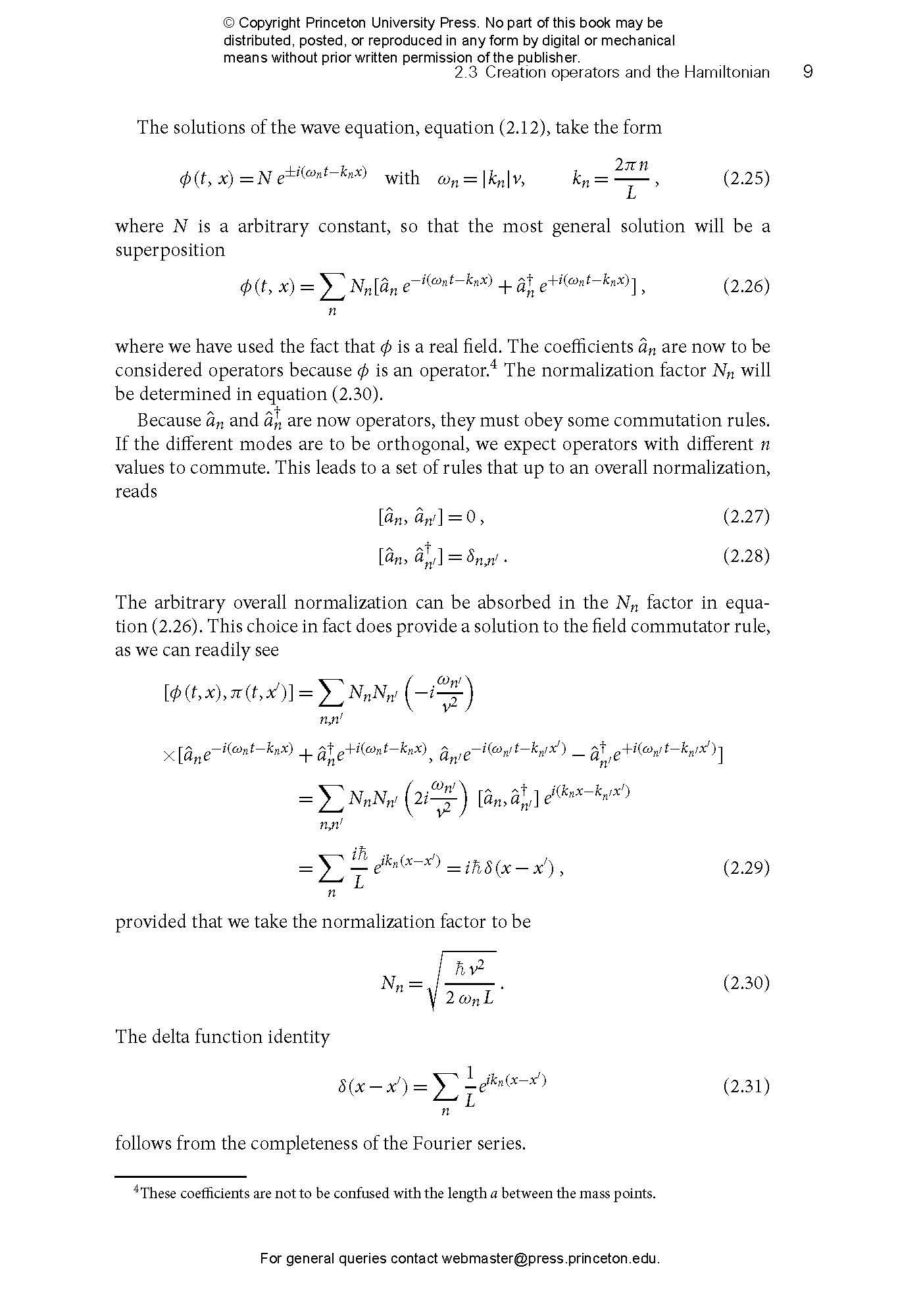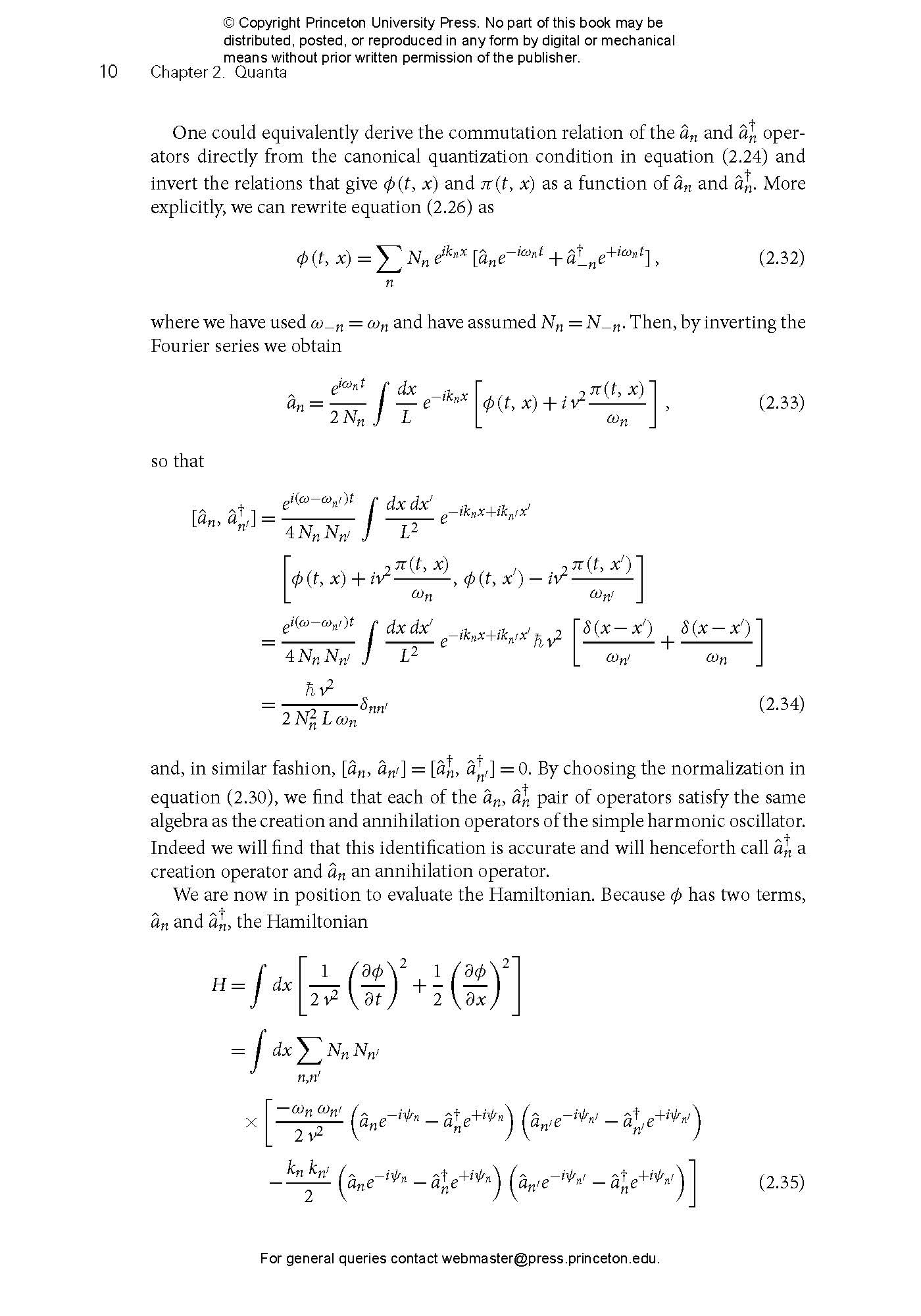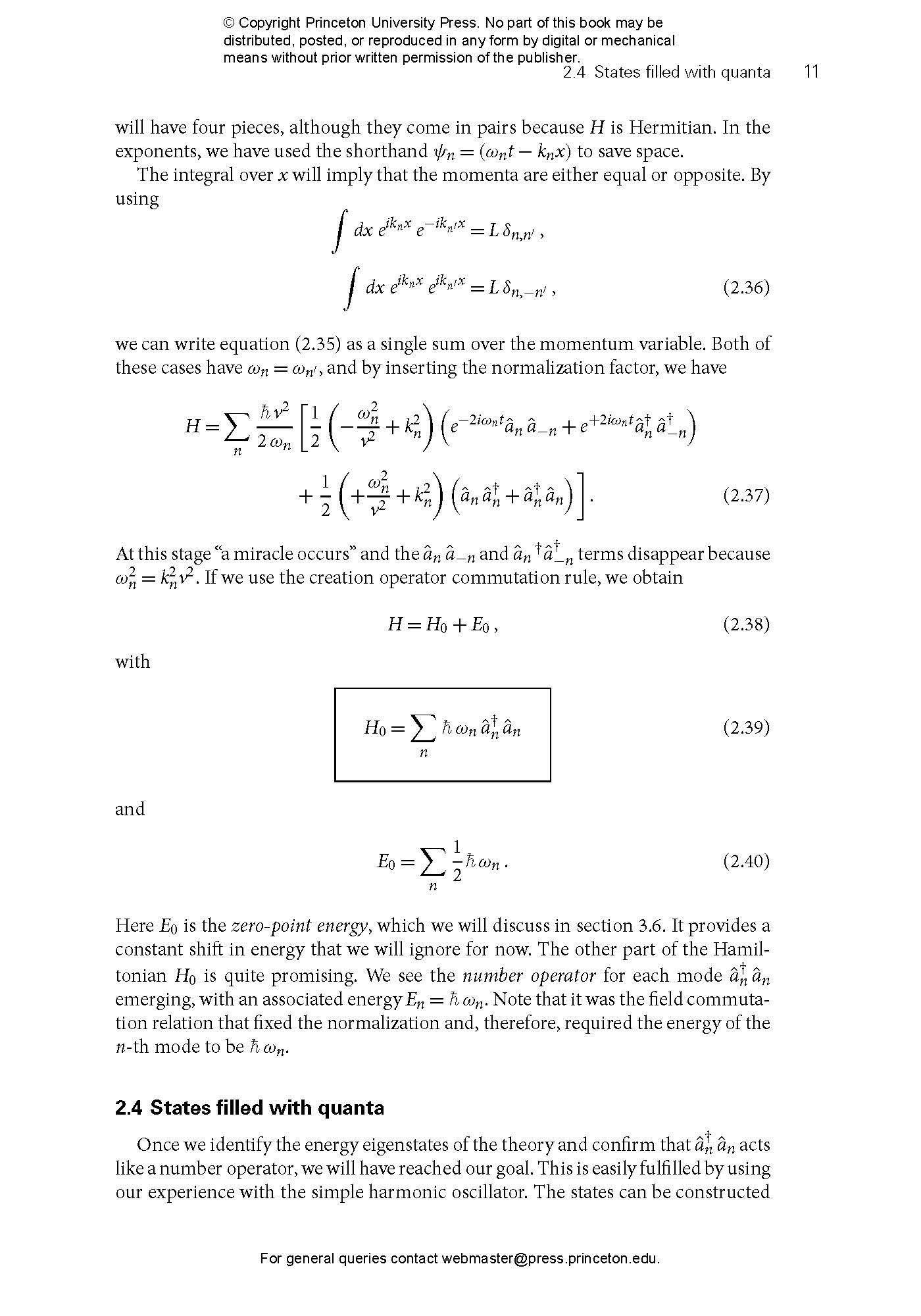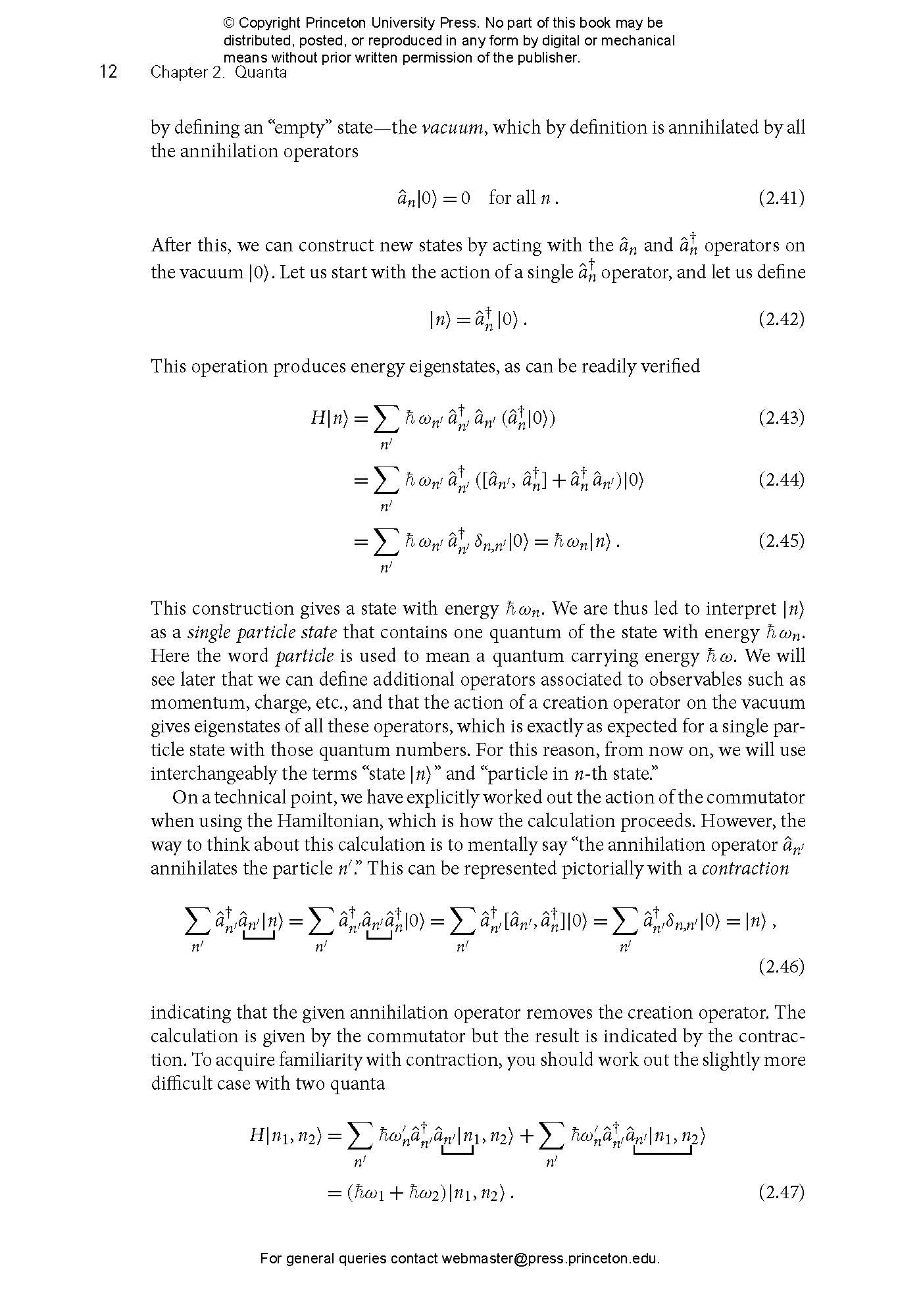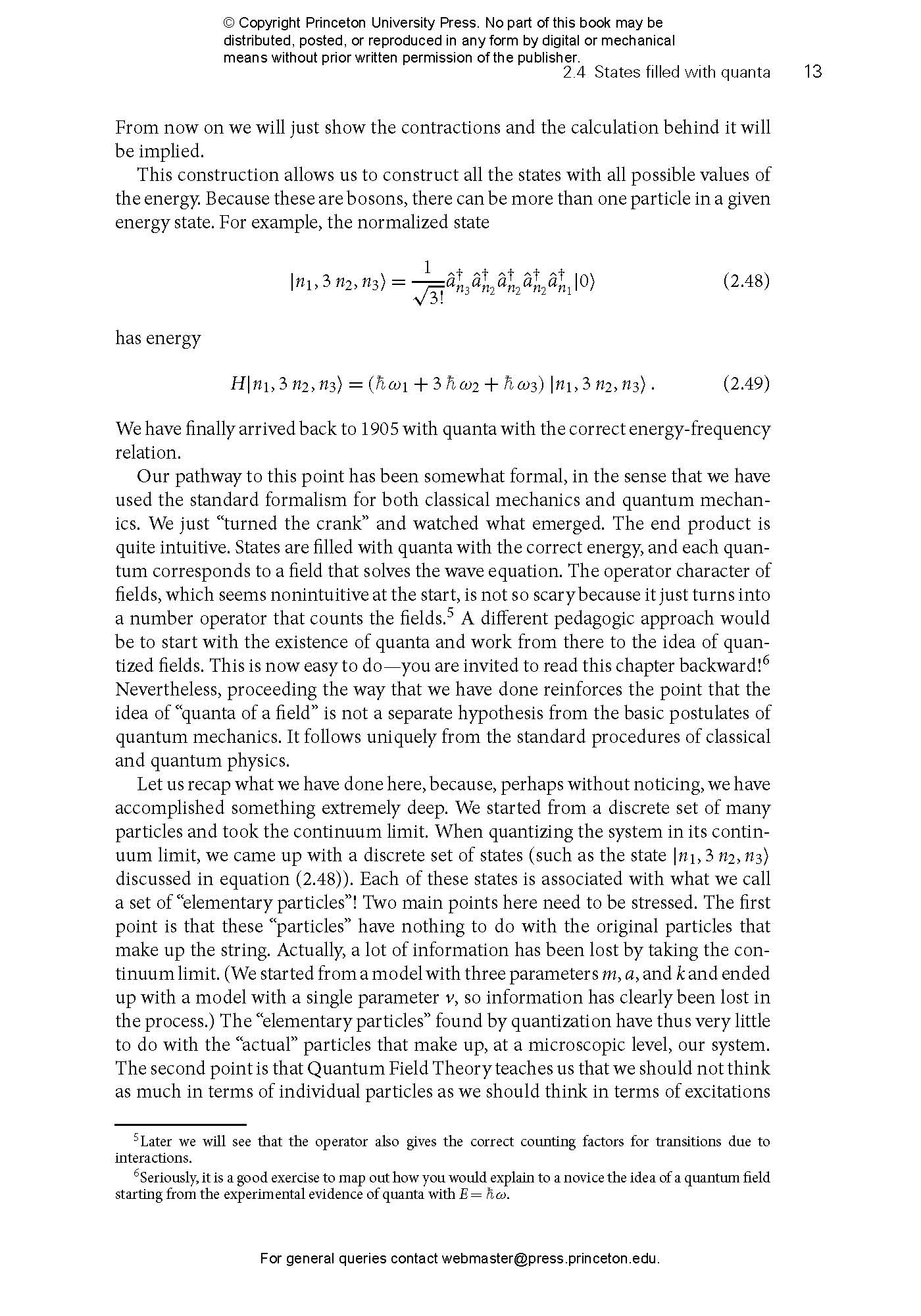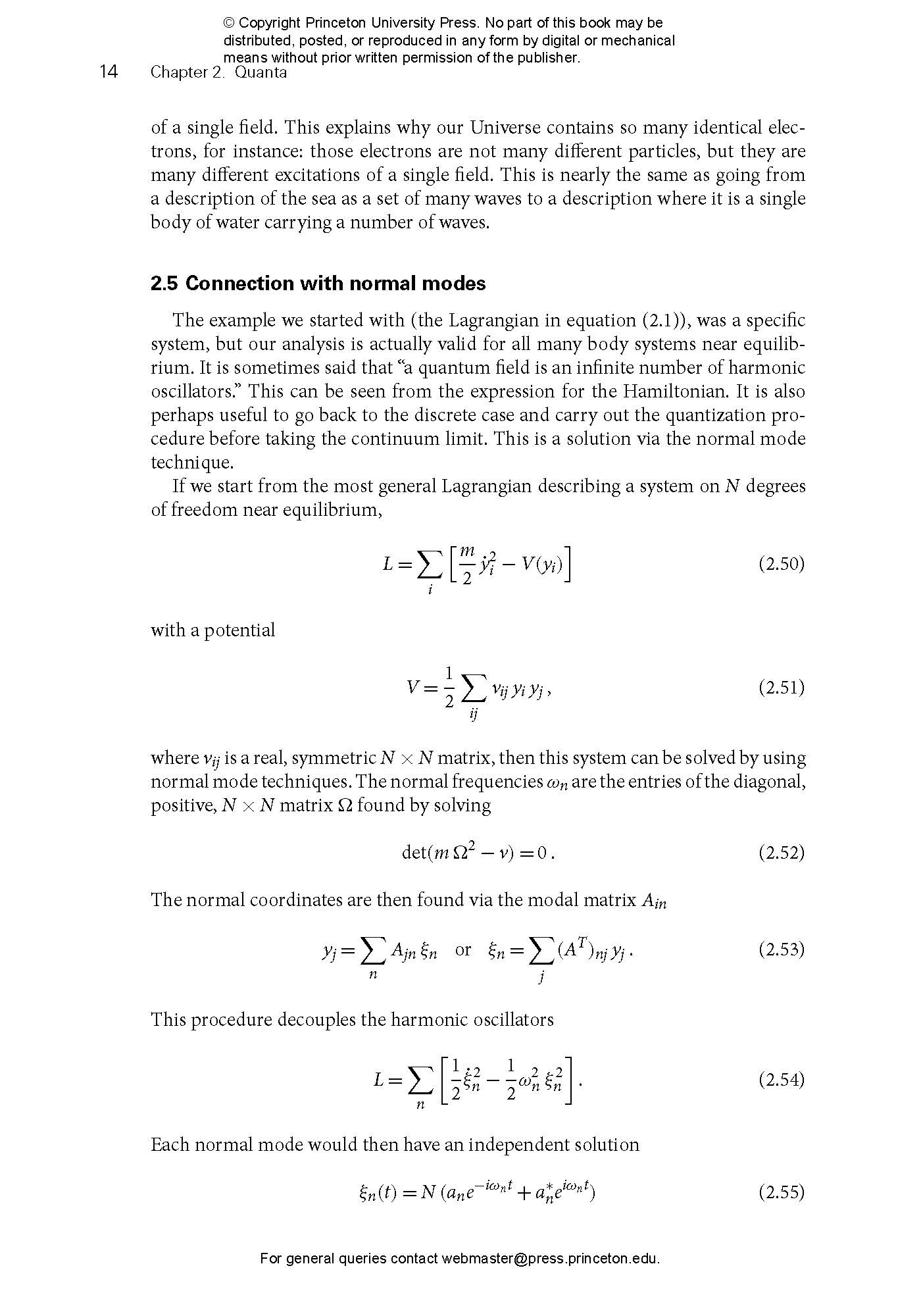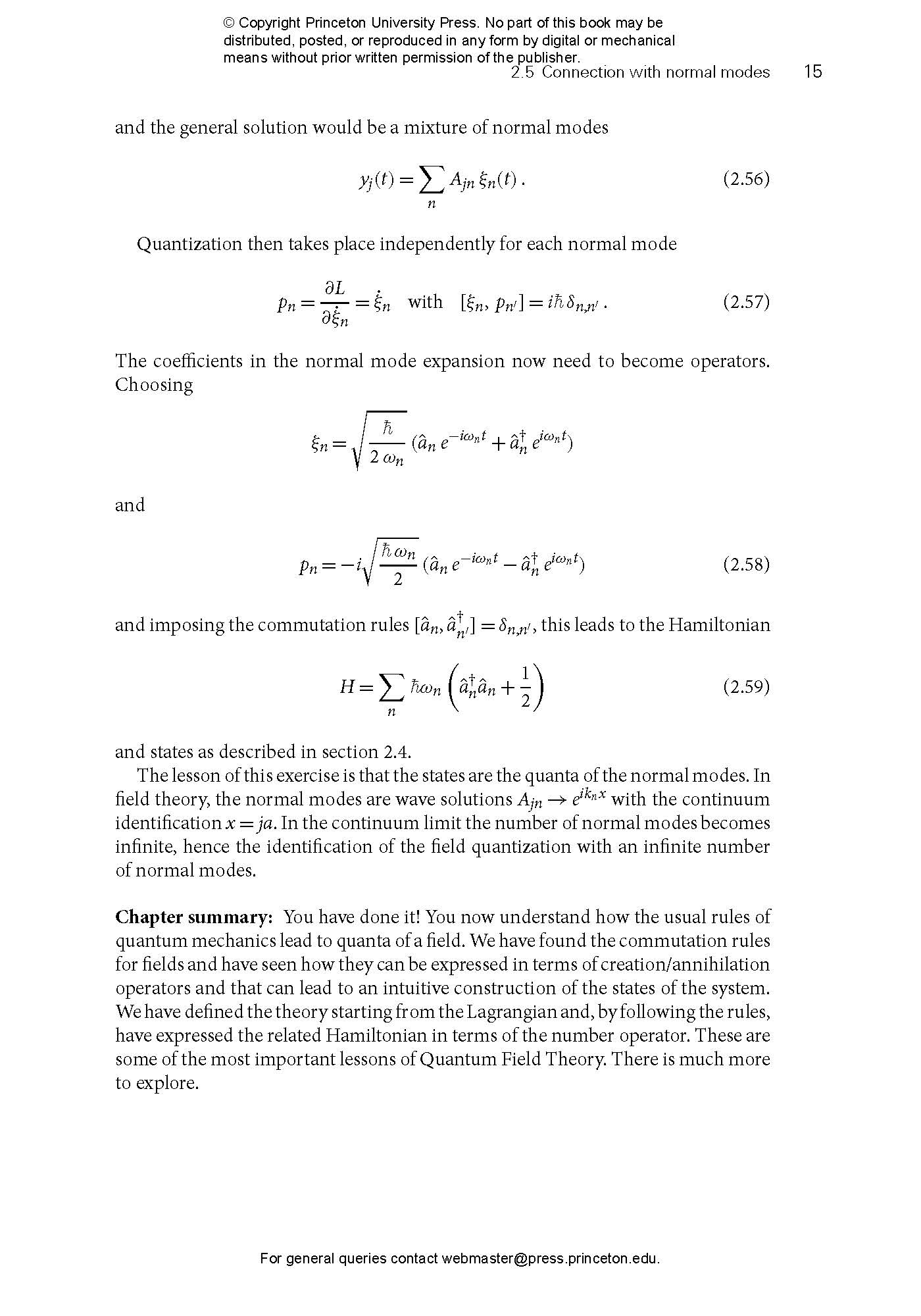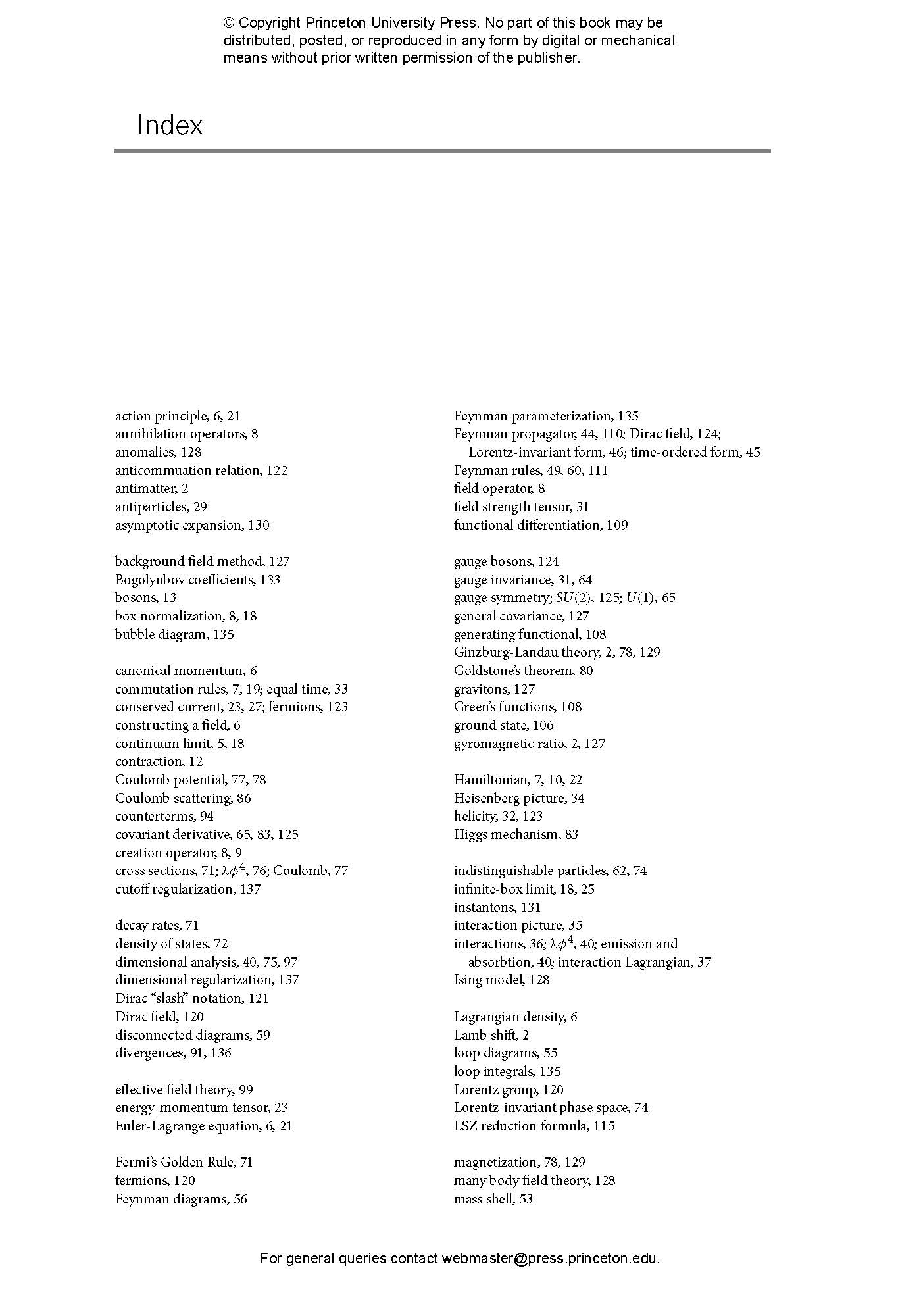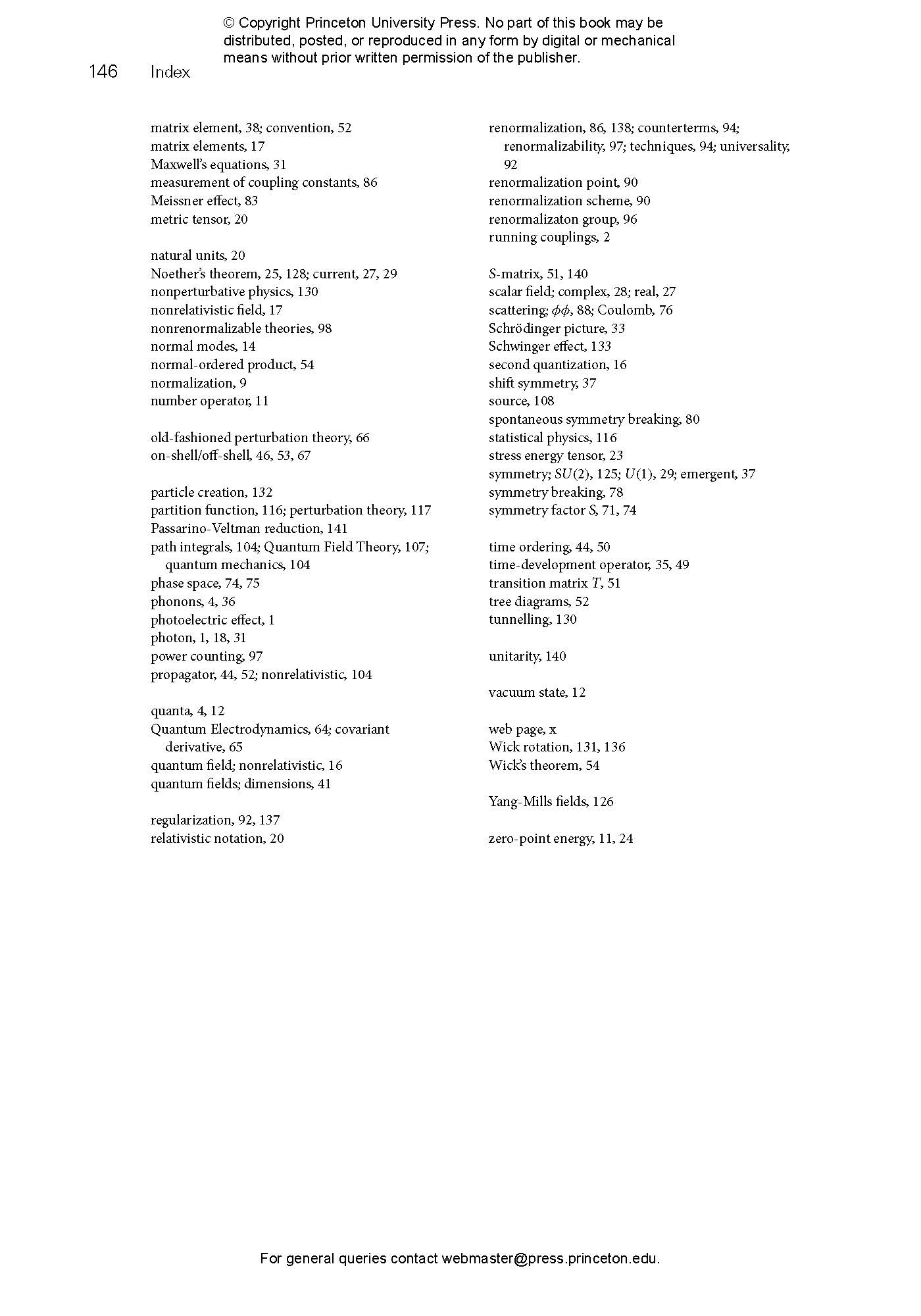Quantum field theory is a powerful framework that extends quantum mechanics in ways that are essential in many modern applications. While it is the fundamental formalism for the study of many areas of physics, quantum field theory requires a different way of thinking, and many newcomers to the subject struggle with the transition from quantum mechanics. A Prelude to Quantum Field Theory introduces the key concepts of quantum field theory in a brief and accessible manner while never sacrificing mathematical rigor. The result is an easy-to-use textbook that distills the most general properties of the theory without overwhelming beginning students with more advanced applications.
- Bridges quantum mechanics and quantum field theory, emphasizing analogies and differences
- Emphasizes a “quantum field theoretical mindset” while maintaining mathematical rigor
- Obtains quantum fields as the continuum limit of a quantized system of many particles
- Highlights the correspondence between wave function—fundamental in quantum mechanics—and the formalism of second quantization used in quantum field theory
- Provides a step-by-step derivation of Feynman rules for the perturbative study of interacting theories
- Introduces students to renormalization, path integrals techniques, and more
- Discusses more modern topics like effective field theories
- Ideal for both undergraduate and graduate students
- Proven in the classroom
John Donoghue is Distinguished Professor Emeritus of Physics at the University of Massachusetts, Amherst. He is the coauthor of Dynamics of the Standard Model. Lorenzo Sorbo is Professor of Physics at the University of Massachusetts, Amherst.
- Preface
- CHAPTER 1 Why Quantum Field Theory?
- 1.1 A successful framework
- 1.2 A universal framework
- CHAPTER 2 Quanta
- 2.1 From classical particle mechanics to classical waves: Phonons
- 2.2 From quantum mechanics to Quantum Field Theory
- 2.3 Creation operators and the Hamiltonian
- 2.4 States filled with quanta
- 2.5 Connection with normal modes
- CHAPTER 3 Developing free field theory
- 3.1 Quantum mechanics in field theory notation
- 3.2 The infinite-box limit
- 3.3 Relativistic notation, ħ = c = 1, and dimensional analysis
- 3.4 Action principle in general
- 3.5 Energy and momentum
- 3.6 Zero-point energy
- 3.7 Noether’s theorem
- 3.8 The relativistic real scalar field
- 3.9 The complex scalar field and antiparticles
- 3.10 The nonrelativistic limit
- 3.11 Photons
- 3.12 Fermions—Preliminary
- 3.13 Why equal-time commutators?
- CHAPTER 4 Interactions
- 4.1 Example: Phonons again
- 4.2 Taking matrix elements
- 4.3 Interactions of scalar fields
- 4.4 Dimensional analysis with fields
- 4.5 Some transitions
- 4.6 The Feynman propagator
- CHAPTER 5 Feynman rules
- 5.1 The time-development operator
- 5.2 Tree diagrams
- 5.3 Wick’s theorem
- 5.4 Loops
- 5.5 Getting rid of disconnected diagrams
- 5.6 The Feynman rules
- 5.7 Quantum Electrodynamics
- 5.8 Relation with old-fashioned perturbation theory
- CHAPTER 6 Calculating
- 6.1 Decay rates and cross sections
- 6.2 Some examples
- 6.2.1 Decay rate
- 6.2.2 Cross section
- 6.2.3 Coulomb scattering in scalar Quantum Electrodynamics
- 6.2.4 Coulomb potential
- 6.3 Symmetry breaking
- 6.4 Example: Higgs mechanism and the Meissner effect
- CHAPTER 7 Introduction to renormalization
- 7.1 Measurement
- 7.2 Importance of the uncertainty principle
- 7.3 Divergences
- 7.4 Techniques
- 7.5 The renormalization group
- 7.6 Power counting and renormalization
- 7.7 Effective field theory in brief
- CHAPTER 8 Path Integrals
- 8.1 Path integrals in quantum mechanics
- 8.2 Path integrals for Quantum Field Theory
- 8.3 The generating functional—Feynman rules again
- 8.4 Connection to statistical physics
- CHAPTER 9 A short guide to the rest of the story
- 9.1 Quantizing other fields
- 9.1.1 The Dirac field
- 9.1.2 Gauge bosons
- 9.2 Advanced techniques
- 9.3 Anomalies
- 9.4 Many body field theory
- 9.5 Nonperturbative physics
- 9.6 Bogolyubov coefficients
- APPENDIX Calculating loop integrals
- A.1 Basic techniques
- A.2 Locality
- A.3 Unitarity
- A.4 Passarino-Veltman reduction
- Bibliography
- Index
"Recommended."—E. Kincanon, CHOICE
“A robust, hands-on introduction to quantum field theory for undergraduate students. Donoghue and Sorbo know this material inside and out.”—C. P. Burgess, author of Introduction to Effective Field Theory
“Donoghue and Sorbo present the conceptual aspects of field theory clearly and accessibly, without dragging students into heavy formalism. There is a real need for a book like this.”—Surjeet Rajendran, Johns Hopkins University
